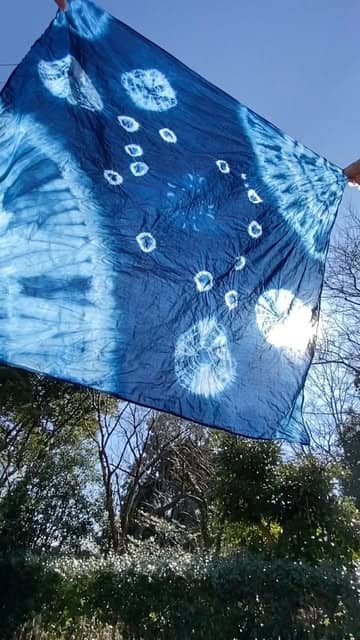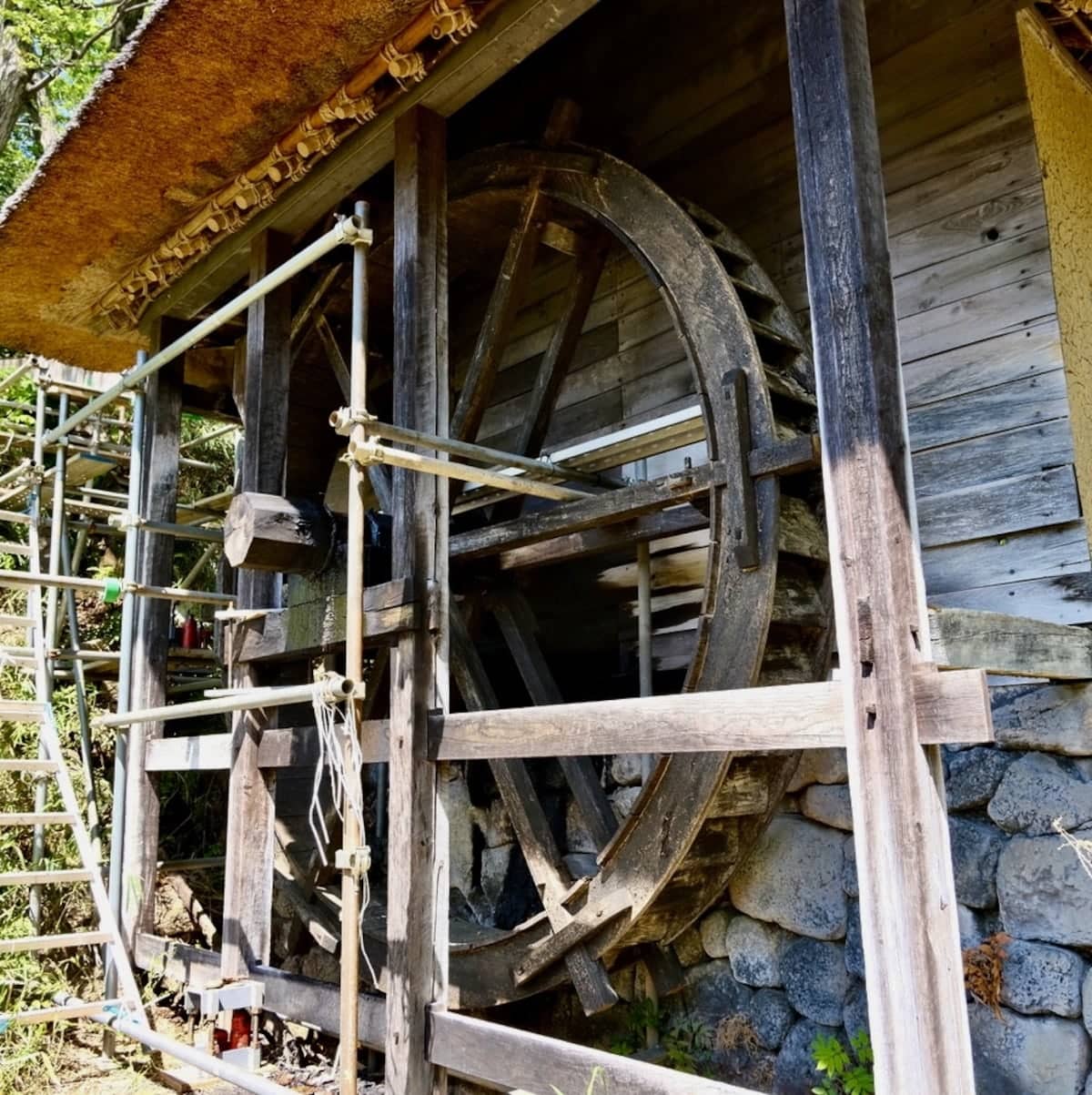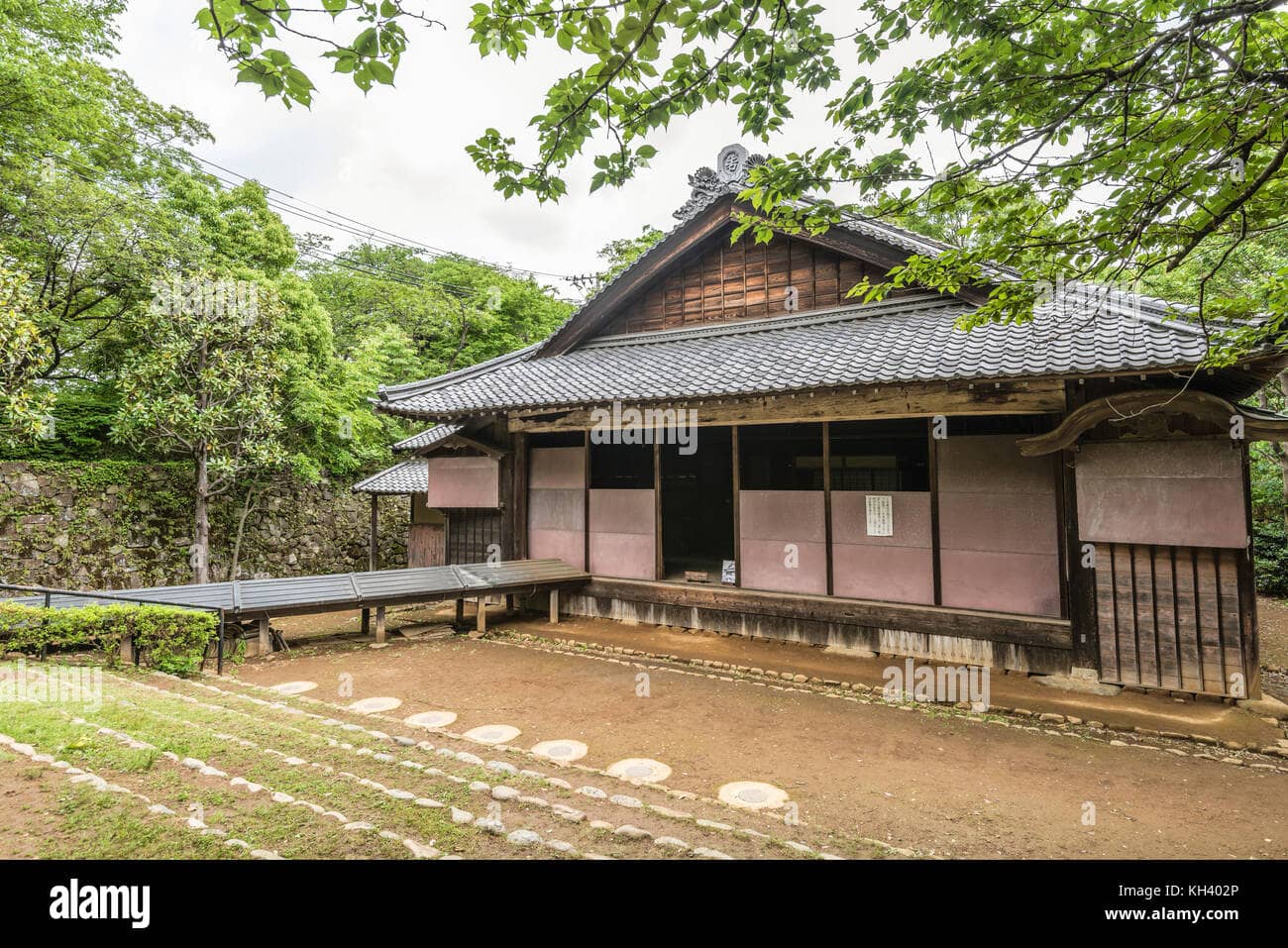
Japan Open-Air Folk House Museum Kawasaki
Step back in time at this open-air museum showcasing 23 traditional Japanese folk houses from various regions.

Highlights
Must-see attractions

Social
From TikTok & Reddit
Best Time
Fewer crowds, more authentic feel

Japan Open-Air Folk House Museum Kawasaki
Best Time
Fewer crowds, more authentic feel

Highlights
Must-see attractions
Step back in time at this open-air museum showcasing 23 traditional Japanese folk houses from various regions.
"An absolute highlight of my Japan trip, truly authentic and less crowded."

Wear Comfy Shoes! :athletic_shoe:
You'll be doing a lot of walking on varied terrain. Prioritize comfort for exploring the expansive grounds.
Engage with Staff! :people_hugging:
Volunteers are incredibly friendly and eager to share insights about the houses and history.

Highlights
Discover the most iconic attractions and experiences

Traditional Folk Houses
Throughout the museum grounds
Wander through 23 preserved Edo-period houses from various regions of Japan.

Working Water Mill
Near House #5
See a functional water mill, a picturesque and historic feature of rural Japanese life.

Kabuki Stage
Central area
Experience a replica of a traditional Kabuki stage, offering a glimpse into Japan's performing arts history.
Indigo Dyeing Workshop
Workshop area
Participate in hands-on workshops, like indigo dyeing, to create your own unique souvenir.
Plans like a pro.
Thinks like you
Planning Your Visit
Beat the Crowds & Weather
Getting There & Around
Best Times
Insider Tips
from TikTok, Instagram & Reddit
Wear Comfy Shoes! :athletic_shoe:
You'll be doing a lot of walking on varied terrain. Prioritize comfort for exploring the expansive grounds.
Engage with Staff! :people_hugging:
Volunteers are incredibly friendly and eager to share insights about the houses and history.
Allow Ample Time :clock1:
Plan for at least 3-6 hours to fully explore and appreciate the museum's many exhibits.
Try the Soba Restaurant :ramen:
Enjoy delicious, authentic soba noodles in a traditional setting within the museum.
Tips
from all over the internet
Wear Comfy Shoes! :athletic_shoe:
You'll be doing a lot of walking on varied terrain. Prioritize comfort for exploring the expansive grounds.
Engage with Staff! :people_hugging:
Volunteers are incredibly friendly and eager to share insights about the houses and history.
Allow Ample Time :clock1:
Plan for at least 3-6 hours to fully explore and appreciate the museum's many exhibits.
Try the Soba Restaurant :ramen:
Enjoy delicious, authentic soba noodles in a traditional setting within the museum.
Check Workshop Schedules :art:
Participate in hands-on activities like indigo dyeing for a unique cultural experience.
What Travellers Say
Reviews Summary
Visitors consistently praise the Japan Open-Air Folk House Museum for its authentic atmosphere, well-preserved historical houses, and the warmth of its staff and volunteers. Many highlight it as an unexpected gem and a peaceful escape, offering a deep dive into traditional Japanese life. While some note accessibility challenges, the overall experience is overwhelmingly positive, with many wishing they had allocated more time.
"A found this great folk house museum by accident and even though it was a rainy day, it was a wonderful visit and an absolute highlight of my Japan trip. The outdoor museum is very well kept and there is a lot to see. Staff and volunteers are very friendly and welcoming and the whole "village" ist just beautiful. I've spent more than 2,5j exploring the museum and and had an absolute amazing lunch at their soba house restaurant, located at the middle of the museum. Food was very delicious and it was fun for me to eat sitting on the floor, authentically. If you want to see something truly authentic and less crowded, go visit this place."
Mrs Wood
"A must-go for an incredible experience.
We were greeted by amazing grandpa's explaining how things used to be made and how they slept like, as well as amazing and wonderful Oba-san. Really lovely all the time!
We will try to come again and enjoy the time again!"
Cristina García
"We absolutely LOVED this place, so hard to believe tourists don't know about it. We went on a Sunday and it was empty. It took us 3 hours to wander around without stopping for food. We stopped and sat by the fire with volunteers in one of the house. We loved stepping into those old buildings, the different architectures and the kindness of the staff. And we went direct with the Chiyoda Line, super easy."
Peter E
What People Like
What People Dislike
Frequently Asked Questions
🚇 🗺️ Getting There
The museum is easily accessible from Tokyo. Take the Odakyu Line from Shinjuku Station to Mukogaoka-Yuen Station, then enjoy a pleasant 15-minute walk.
While the museum is beautiful, navigating with a wheelchair can be tricky due to uneven paths and the nature of historical buildings.
Public transport is recommended. The closest station is Mukogaoka-Yuen, followed by a short walk.
Information on parking availability should be checked directly with the museum, but public transport is a popular and convenient option.
Yes, it's a straightforward walk from Mukogaoka-Yuen Station, and signage is generally clear.
🎫 🎫 Tickets & Entry
Opening hours can vary seasonally, so it's best to check the official museum website before your visit. Generally, it's open daily except for certain holidays.
Admission fees are reasonable, with adult tickets typically around 1100 JPY. Check the official website for current pricing.
Advance booking is usually not required for general admission, but it's always a good idea to check the museum's policy, especially during peak seasons.
Information on discounts for students, seniors, or groups should be verified on the museum's official website.
Tickets can typically be purchased at the museum's entrance upon arrival.
📸 📸 Photography
Photography is generally permitted in most outdoor areas and exteriors of the houses. Some interiors may have restrictions, so please be mindful of signage.
The traditional houses, the water mill, and the seasonal foliage (cherry blossoms or autumn leaves) offer picturesque opportunities.
Tripod usage policies can vary. It's advisable to check with museum staff or their guidelines to ensure compliance.
Capture the unique architectural styles of the different houses and the scenic beauty of the grounds, especially during spring or fall.
Late afternoon often provides beautiful golden hour light, enhancing the atmosphere of the historical buildings.
🍽️ 🍽️ Food & Dining
Yes, there is a popular soba noodle restaurant located within the museum grounds, offering an authentic dining experience.
The restaurant primarily serves delicious soba noodles, providing a taste of traditional Japanese cuisine.
Picnic areas might be available, but it's best to confirm with the museum's policies regarding outside food.
Options may be limited, so it's recommended to inquire directly with the restaurant staff about dietary accommodations.
Diners can enjoy their meal authentically, sometimes sitting on the floor, in a setting that complements the historical atmosphere.
🎫 💡 Onsite Experience
The museum features 23 relocated traditional Japanese houses, a water mill, a Kabuki stage, and various craft demonstrations.
Yes, the museum often hosts workshops such as indigo dyeing, offering visitors a chance to engage with traditional crafts.
Most visitors spend between 3 to 6 hours to thoroughly explore the grounds and appreciate the exhibits.
Weekends and holidays can be busier, but weekdays often offer a more peaceful experience.
The museum preserves and showcases authentic historical houses, often with staff or volunteers demonstrating traditional life and crafts.
For Different Travelers
Tailored advice for your travel style
👨👩👧 Families with Kids
Consider participating in any available workshops, as hands-on activities can be a great way to keep younger visitors entertained and learning. Packing snacks and drinks is a good idea, though the on-site soba restaurant offers a unique dining experience that families might enjoy. Be mindful of uneven terrain and ensure children are supervised, especially near historical structures.
🚶♀️ Solo Travelers & Couples
Engaging with the friendly staff and volunteers can lead to fascinating conversations and deeper insights into Japanese culture and history. It's a perfect destination for those seeking authentic experiences and a break from the bustling city. The beautiful scenery also makes it ideal for quiet contemplation or romantic strolls, especially during the spring or autumn seasons.
📸 Photographers & Architecture Enthusiasts
Pay attention to the seasonal changes; the vibrant colors of autumn foliage or the delicate blooms of spring cherry blossoms can dramatically enhance your shots. The water mill and the Kabuki stage also provide excellent photographic opportunities. Remember to check the museum's guidelines regarding tripods and professional photography to ensure you comply with their policies.
Deep Dives
In-depth insights and expert knowledge
Exploring the Traditional Houses
Each house is meticulously maintained and presented to reflect its historical context. You'll find examples of farmhouses, samurai residences, and merchant homes, providing a diverse overview of Japanese vernacular architecture. The museum's spacious grounds allow for a leisurely exploration, with pathways winding through the relocated structures, often set against beautiful natural landscapes. This immersive experience allows you to imagine life centuries ago, making it a truly engaging visit for history buffs and curious travelers alike.
Some of the houses may feature demonstrations or exhibits related to traditional crafts or daily life. Keep an eye out for these engaging displays that further enhance the understanding of the historical period. The museum's commitment to preservation ensures that these architectural gems are accessible for future generations to learn from and appreciate.
Seasonal Beauty and Activities
Autumn brings a vibrant display of red and gold foliage, making a visit during this time particularly stunning. The contrast between the colorful leaves and the rustic architecture is a photographer's dream. Beyond the natural beauty, the museum often hosts special events and workshops. These can include traditional craft demonstrations, such as indigo dyeing, allowing visitors to actively participate and learn new skills. Checking the museum's schedule for seasonal events can add an extra layer of enjoyment to your visit.
Even on a rainy day, the museum can be a wonderful experience, offering a cozy and atmospheric journey through history. The indoor exhibits within the houses provide shelter, and the lush greenery surrounding the structures can be quite beautiful even with a bit of mist.
Culinary Delights at the Soba House
The menu focuses on delicious, freshly prepared soba noodles, a staple of Japanese cuisine. The dining experience itself is often described as unique, with some visitors enjoying their meals while seated on the floor, enhancing the feeling of stepping back in time. This culinary stop provides a welcome break during your exploration and a chance to savor traditional flavors amidst historical surroundings. It's a highly recommended experience that complements the architectural wonders of the museum.


Social
from TikTok, Instagram & Reddit